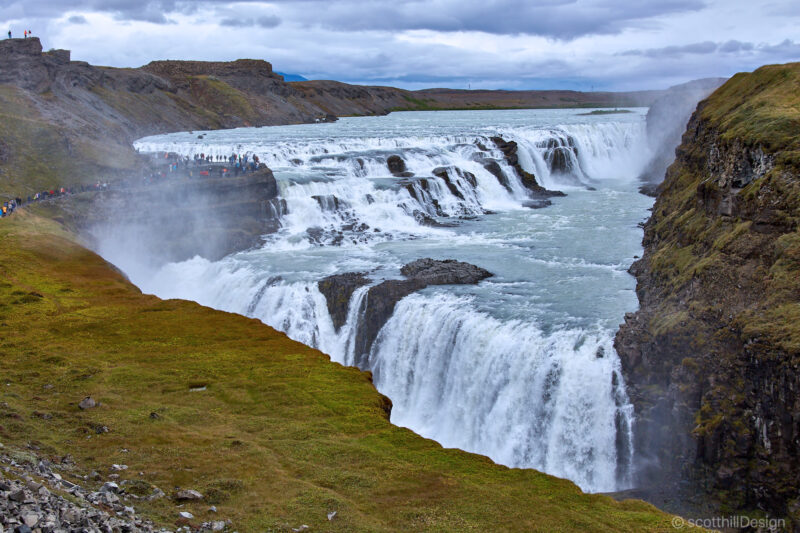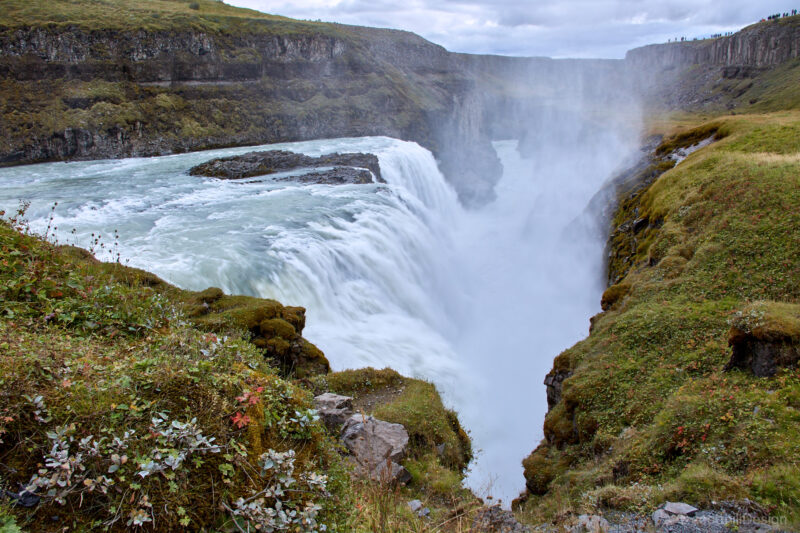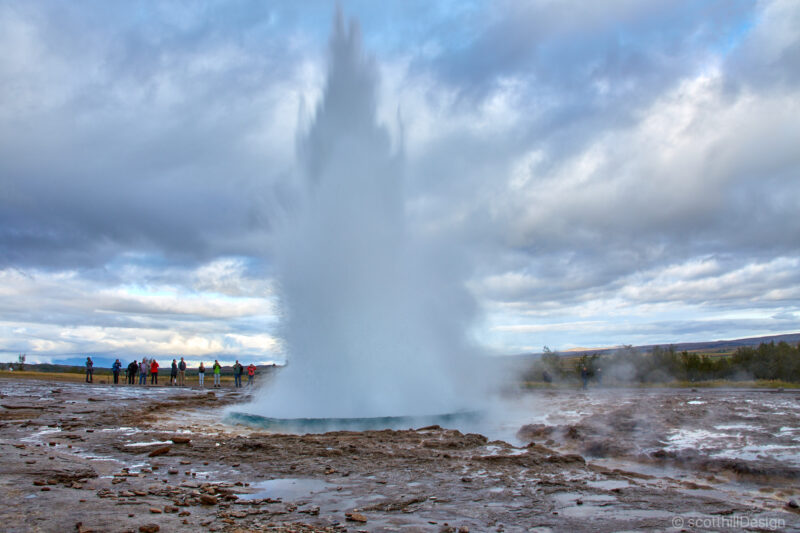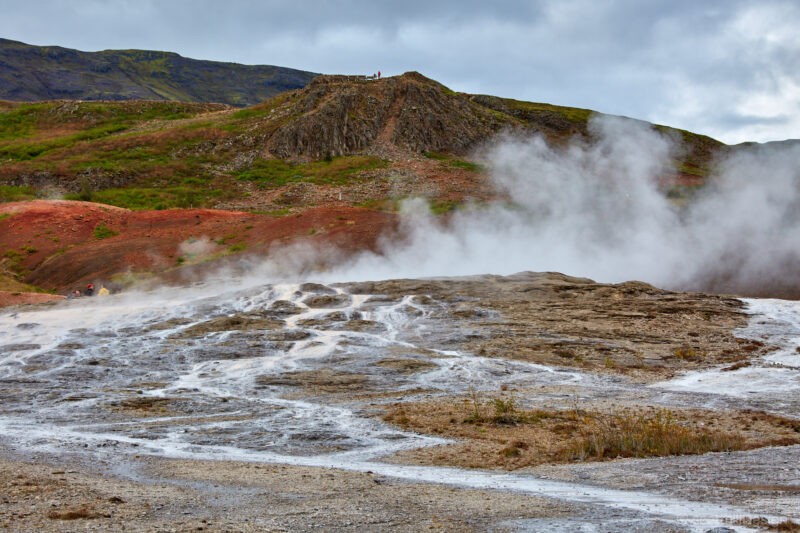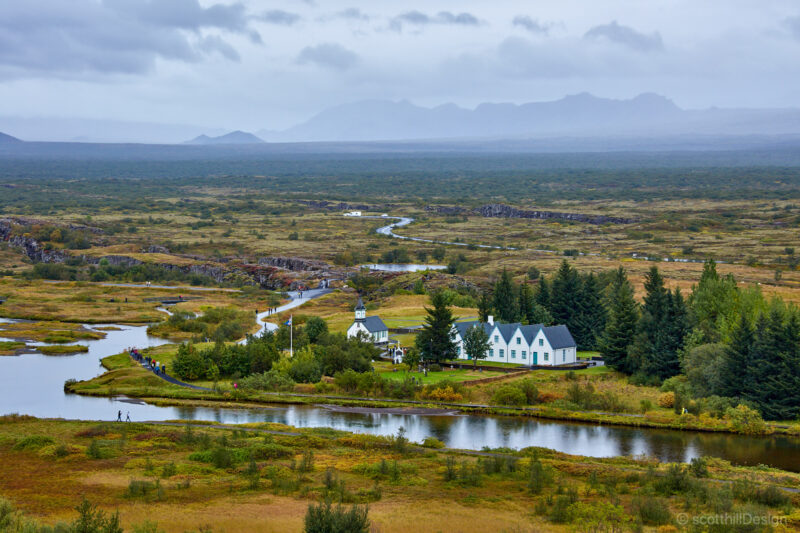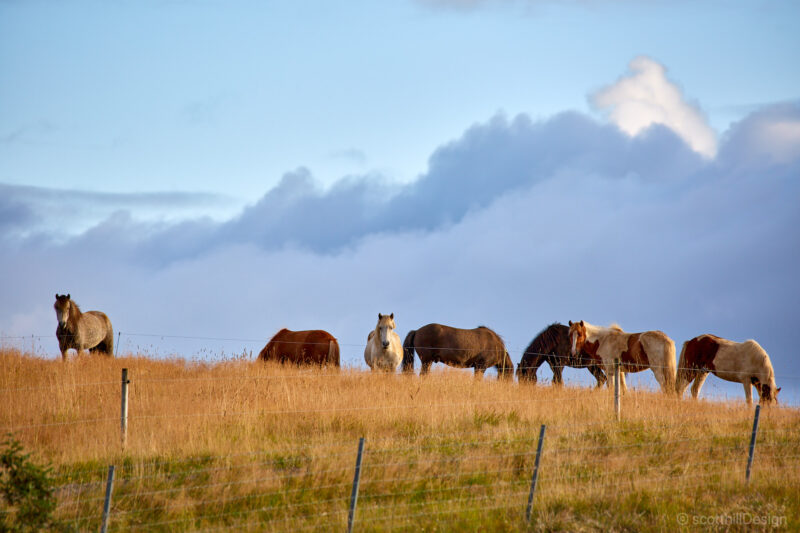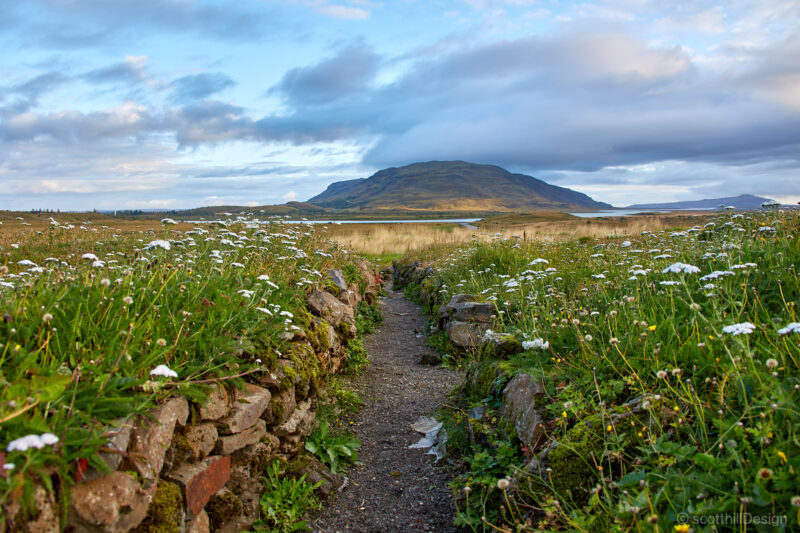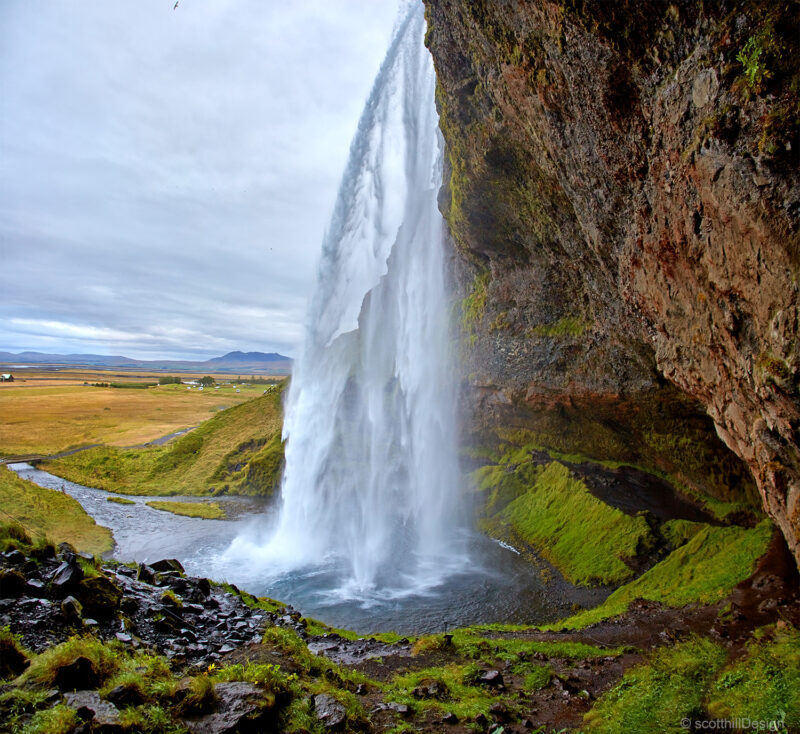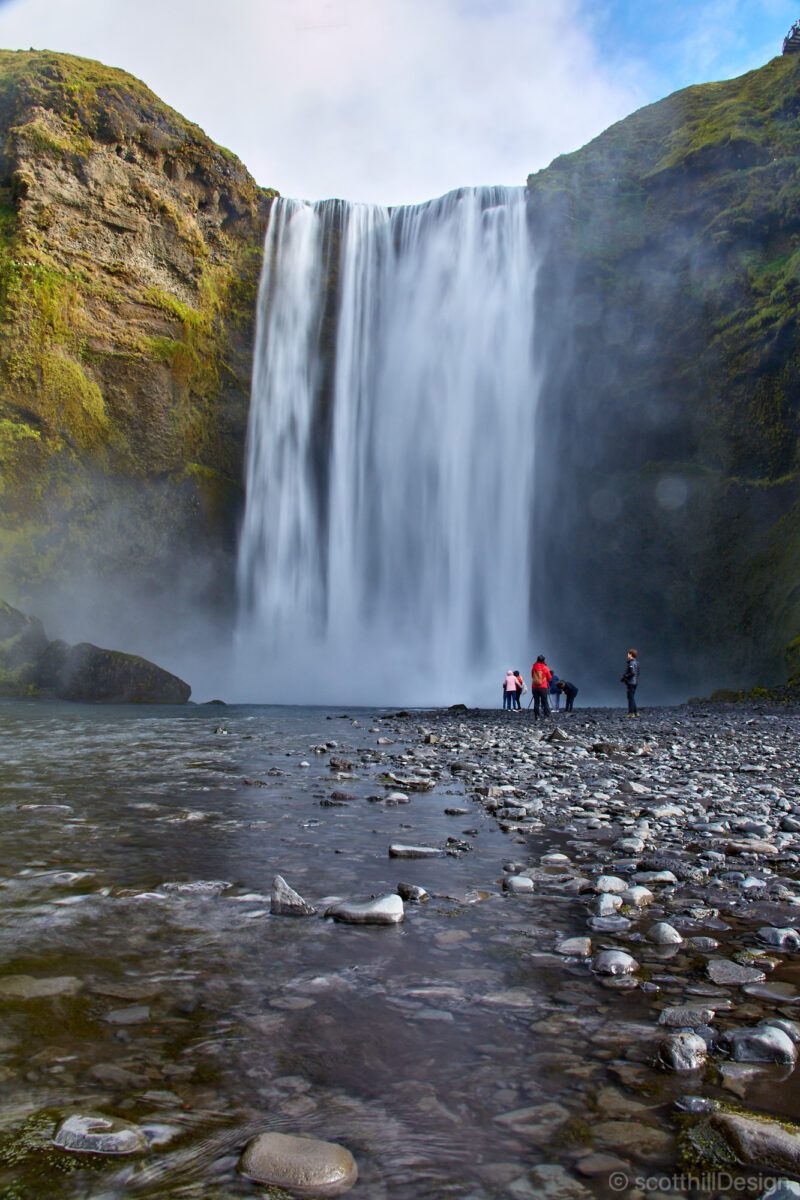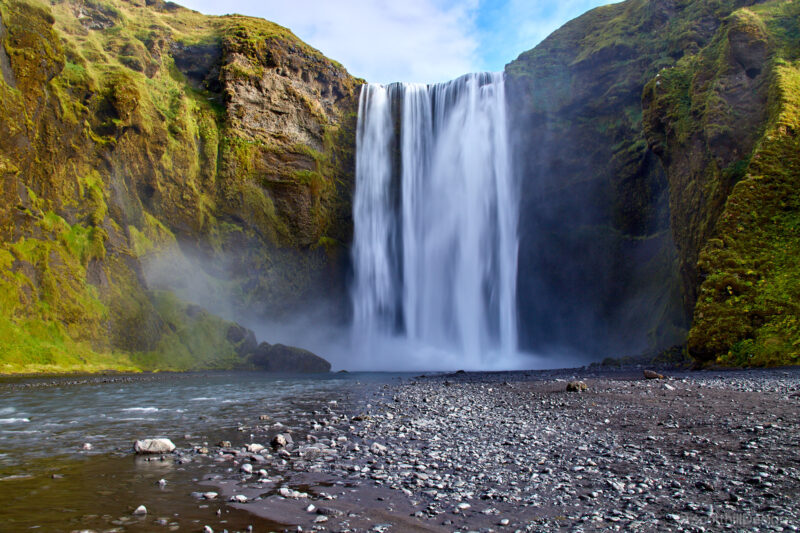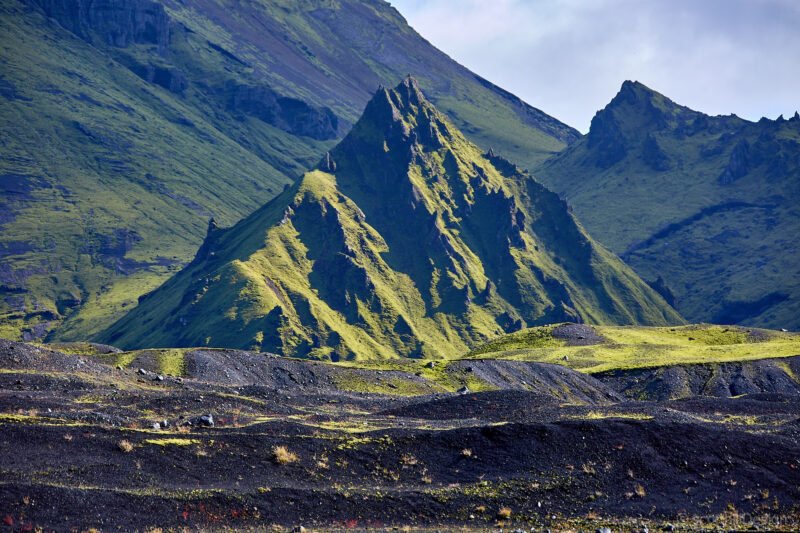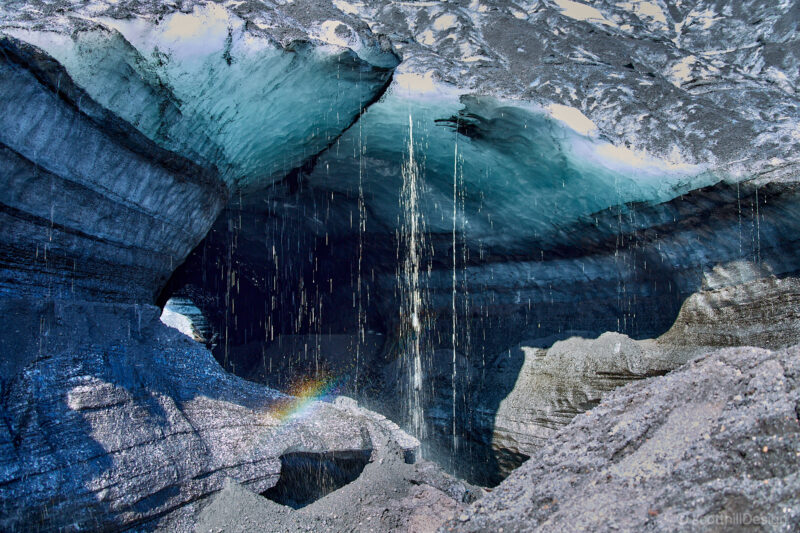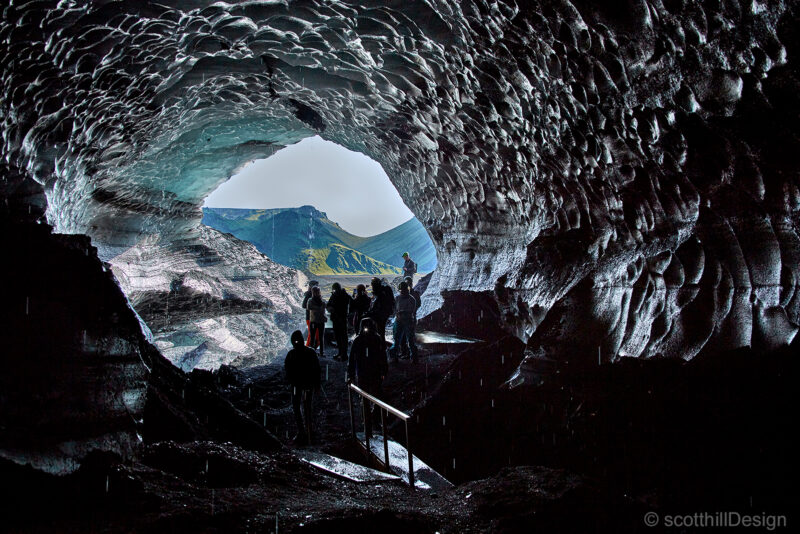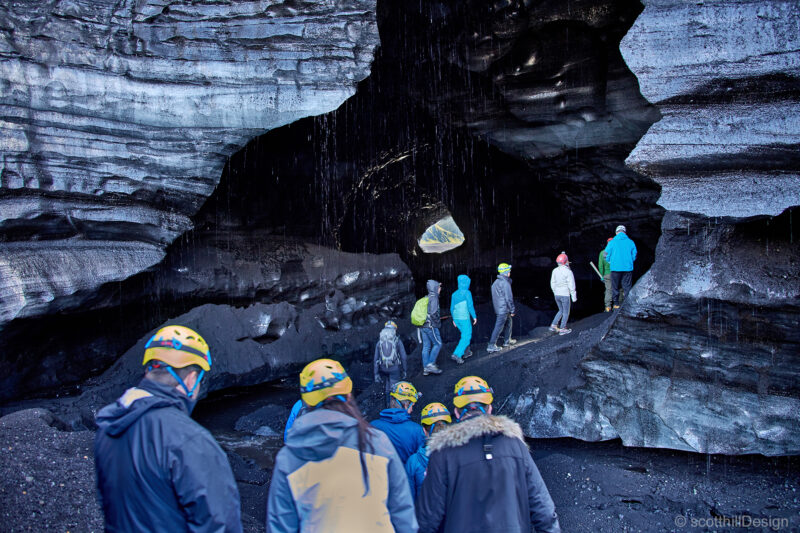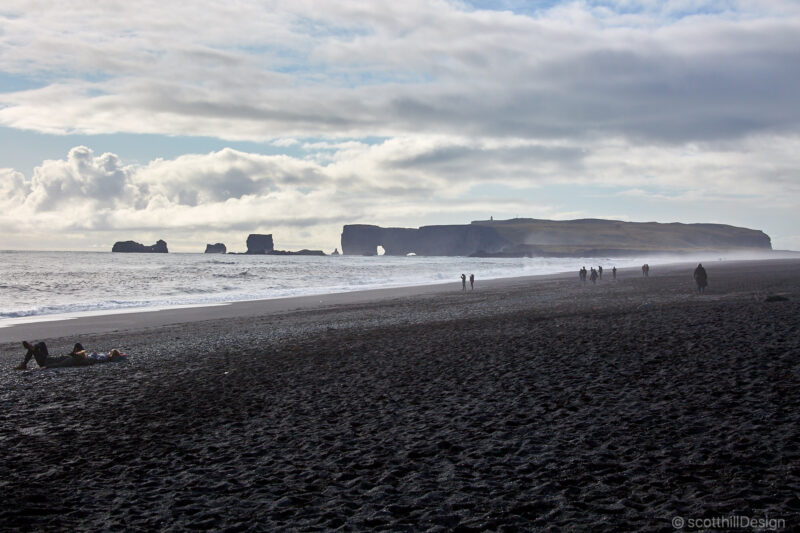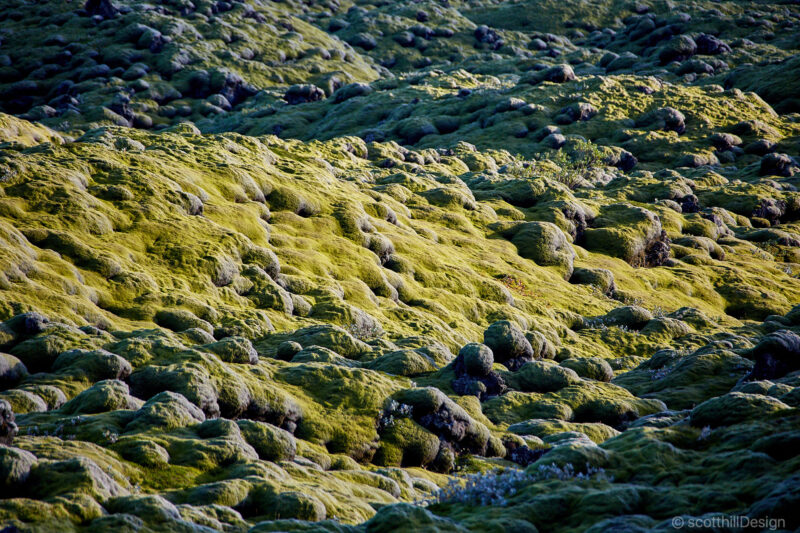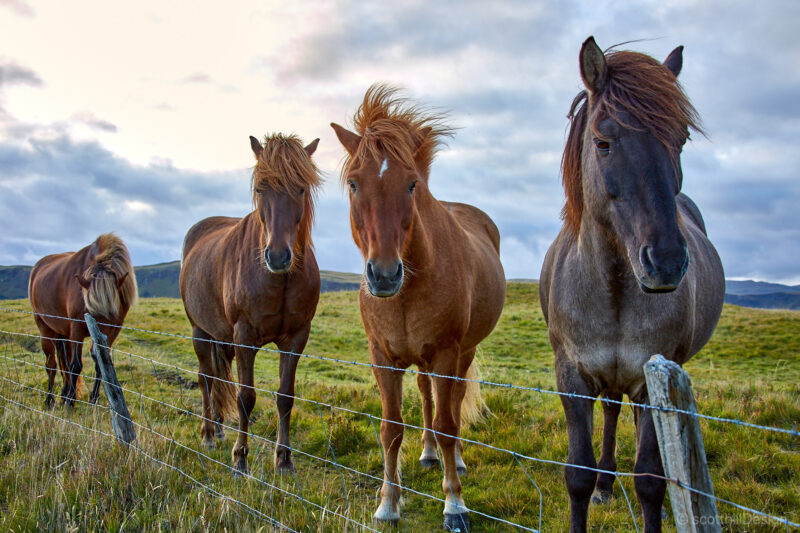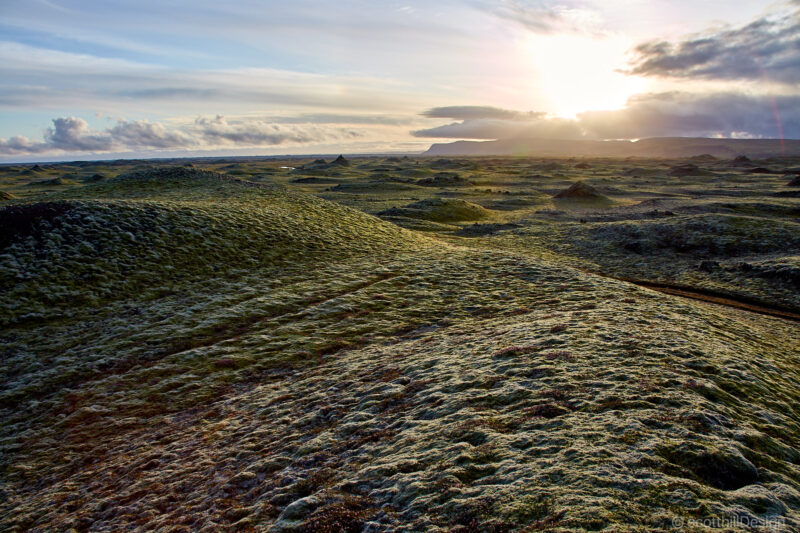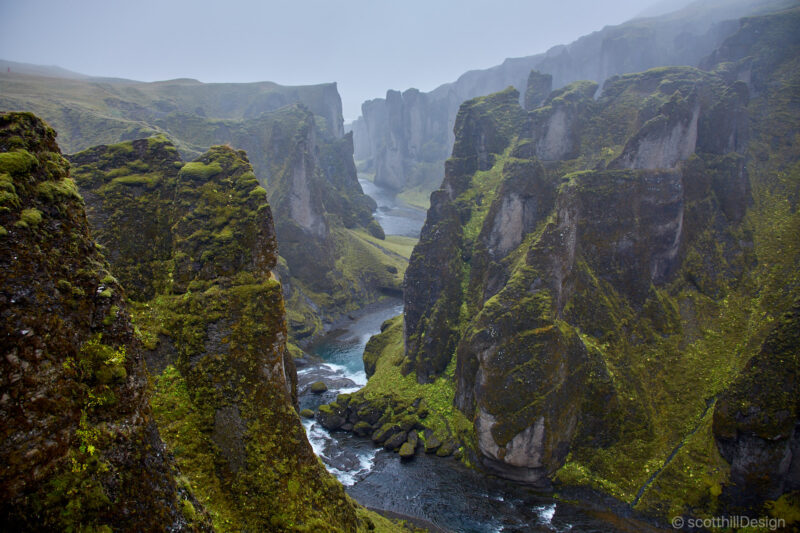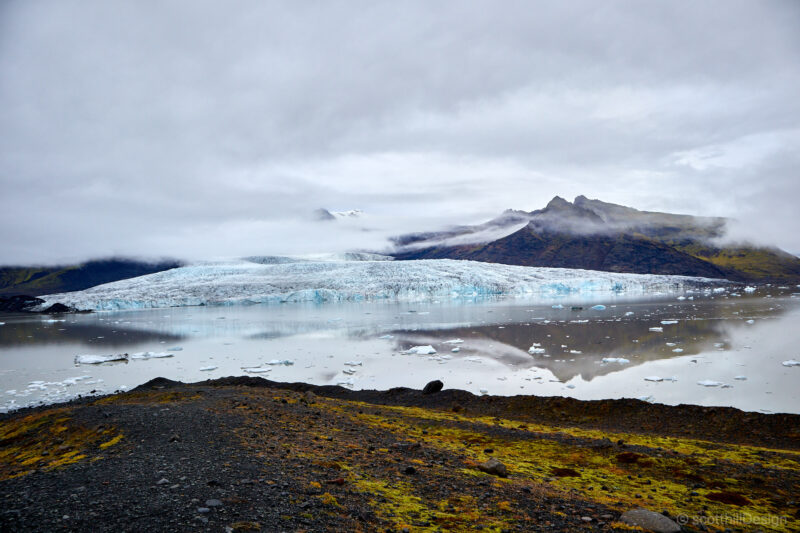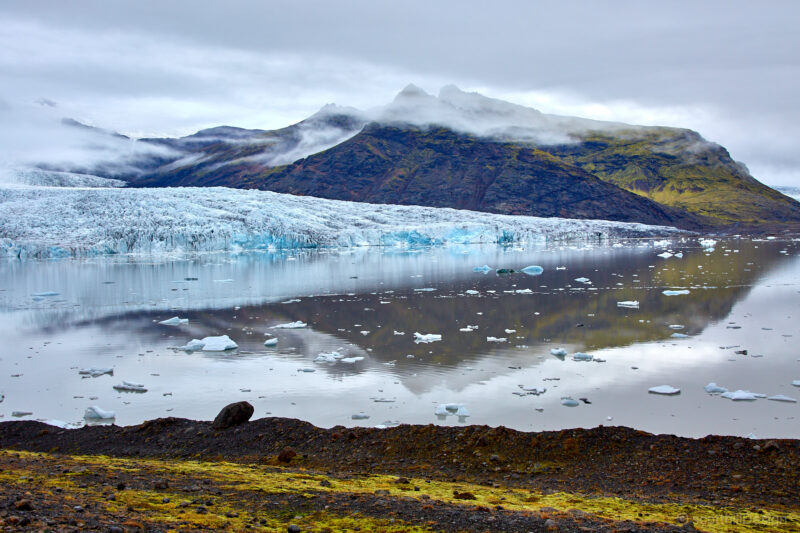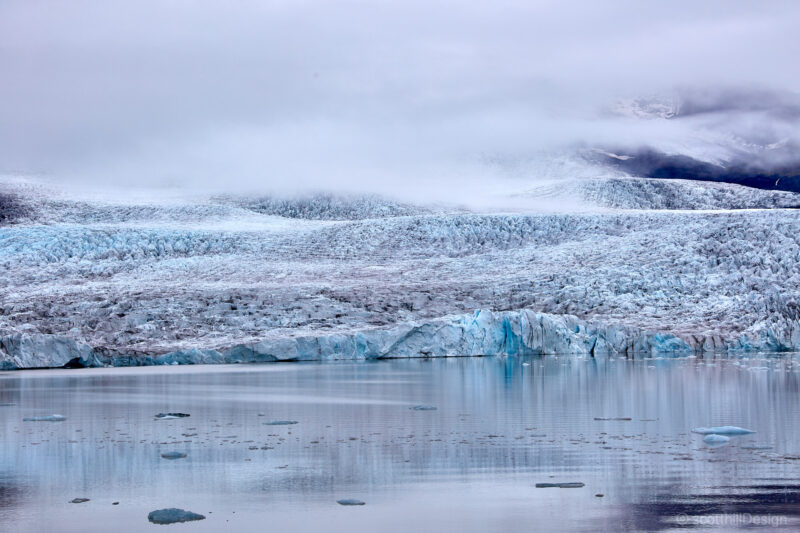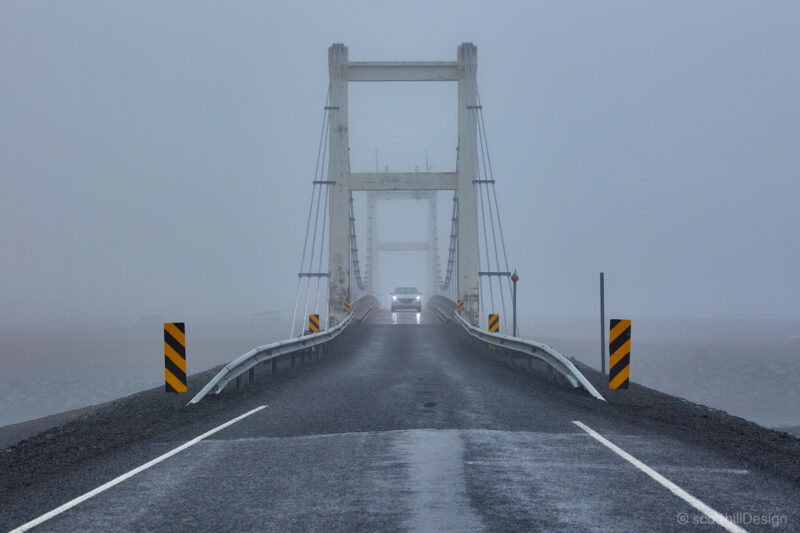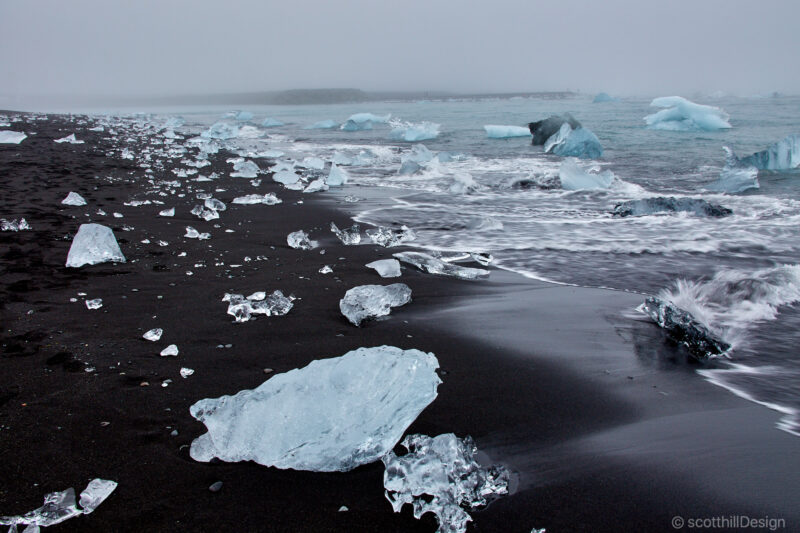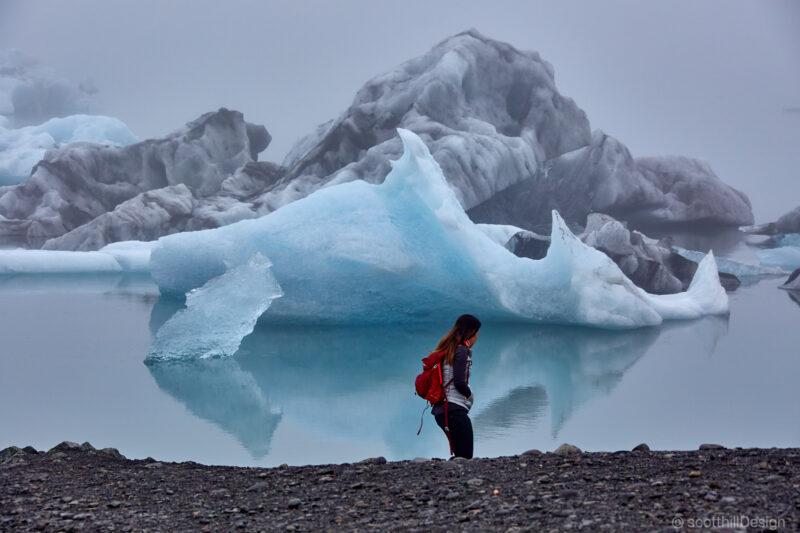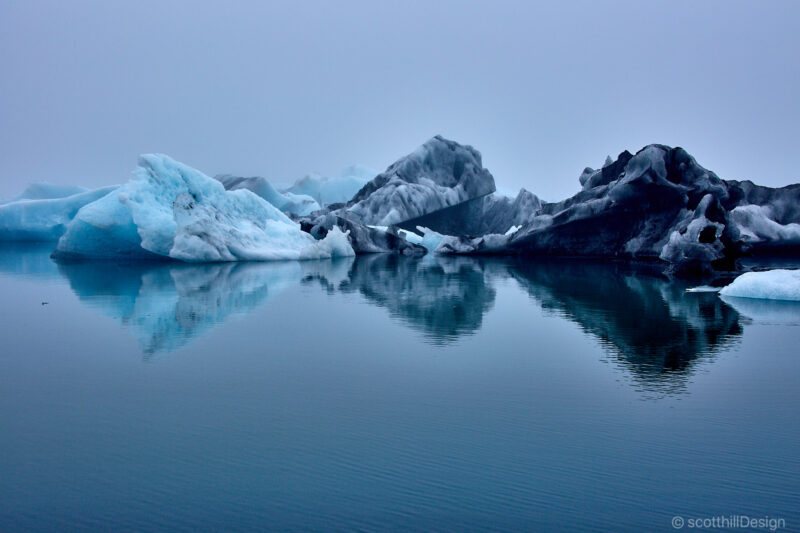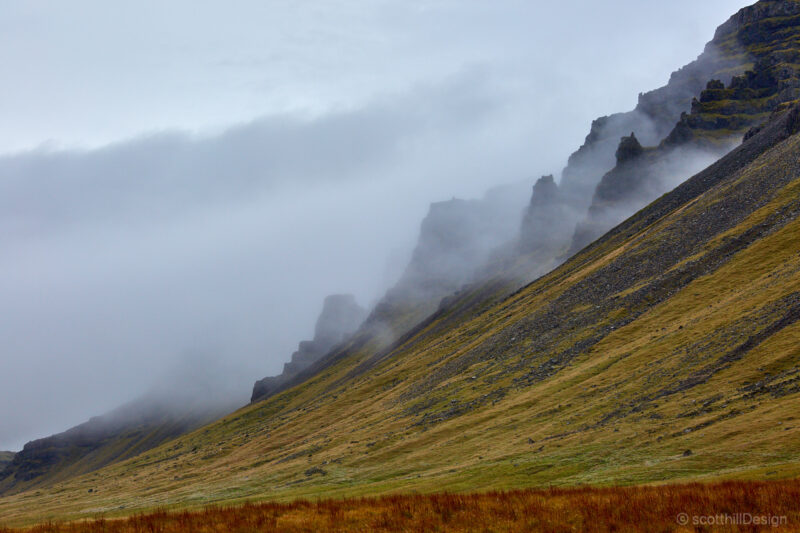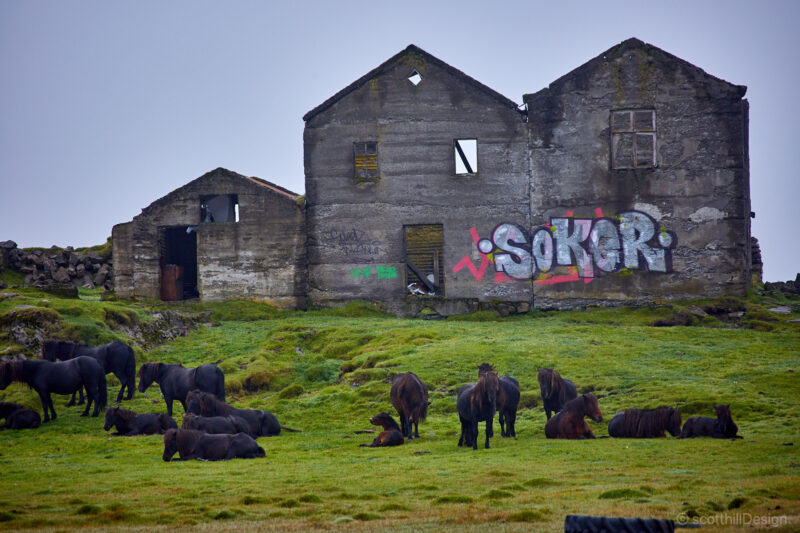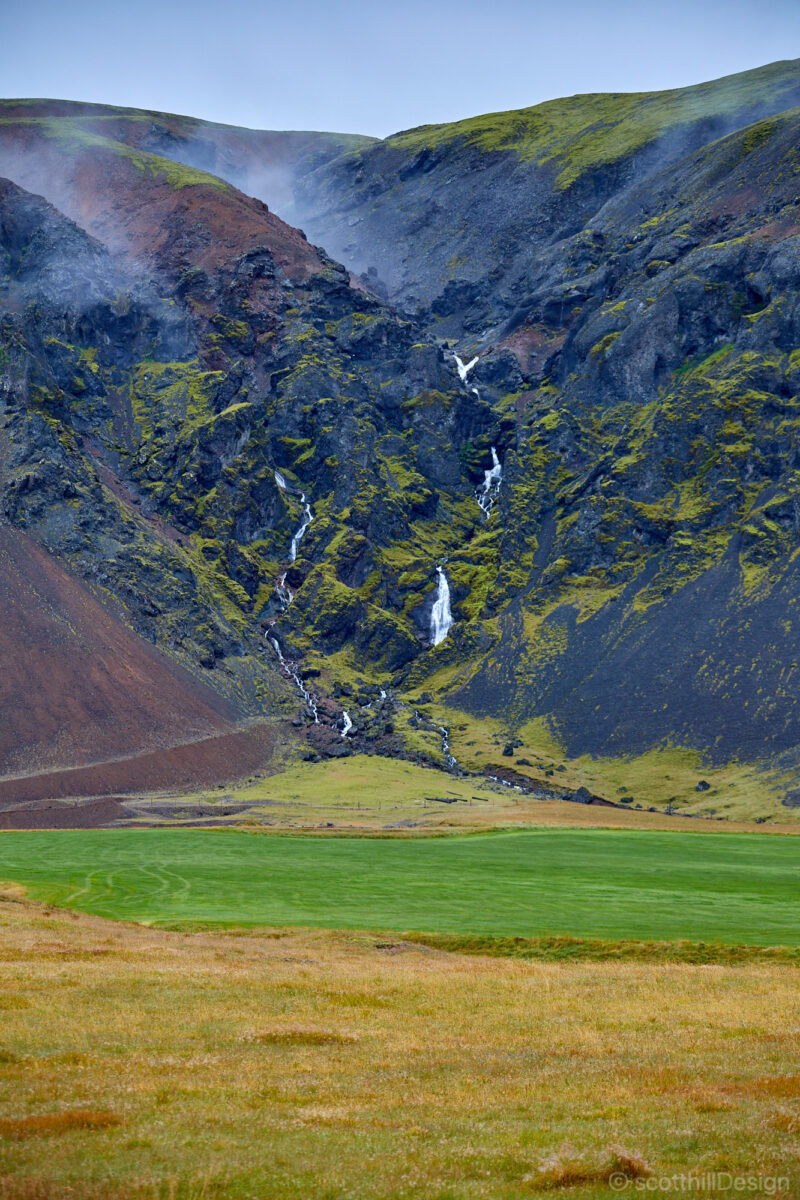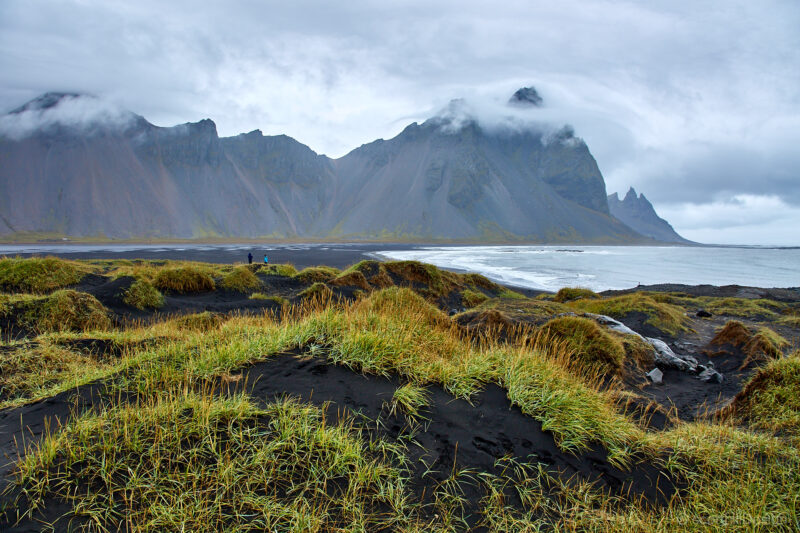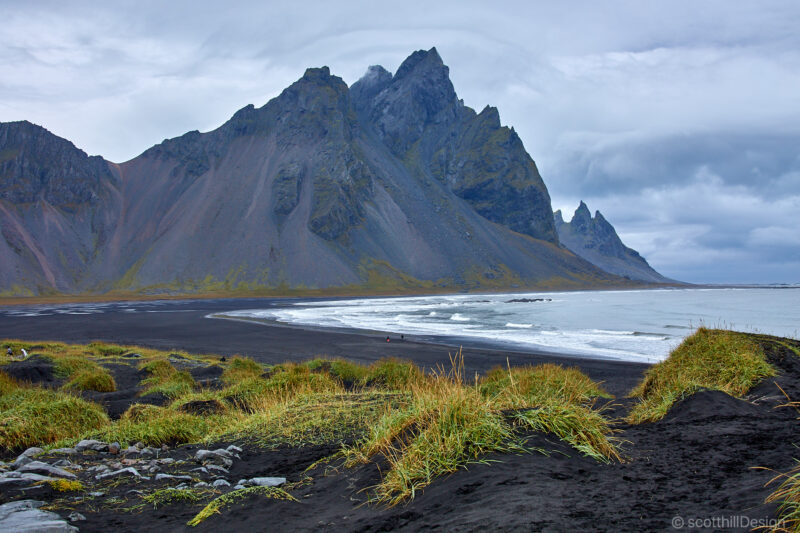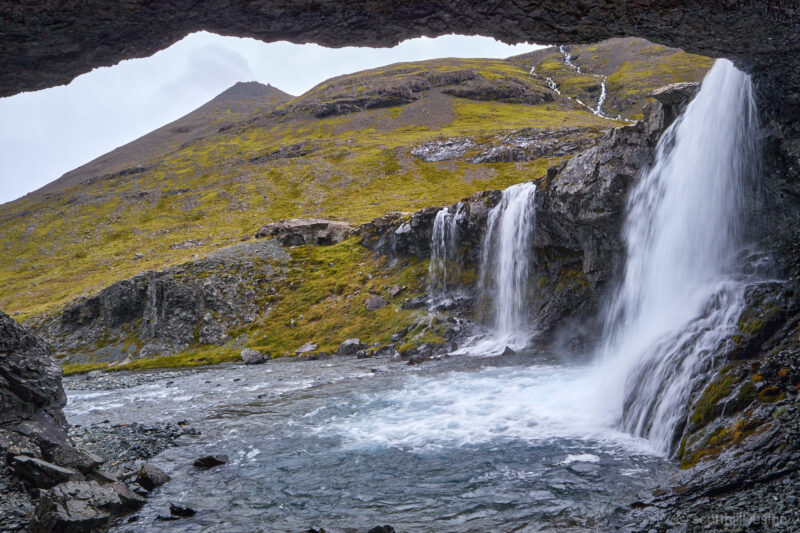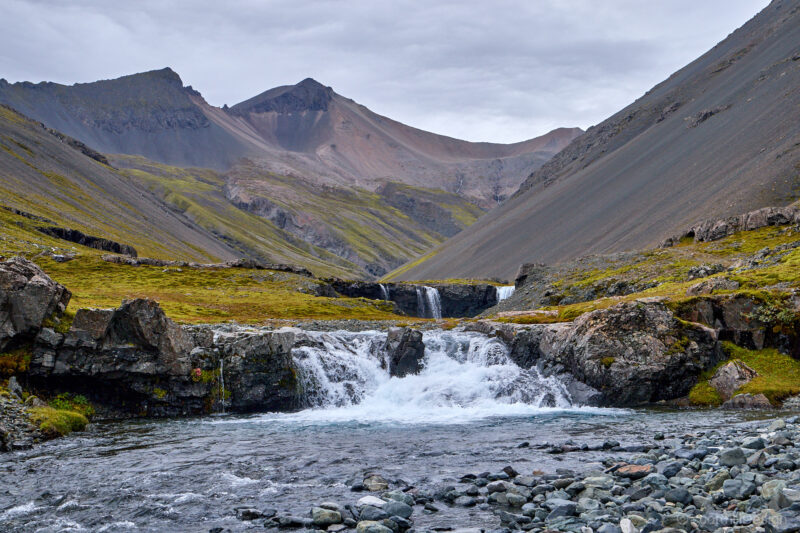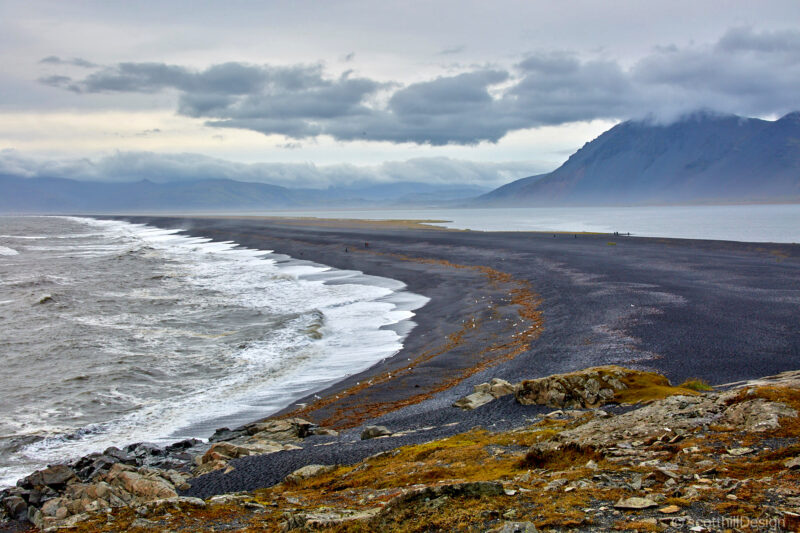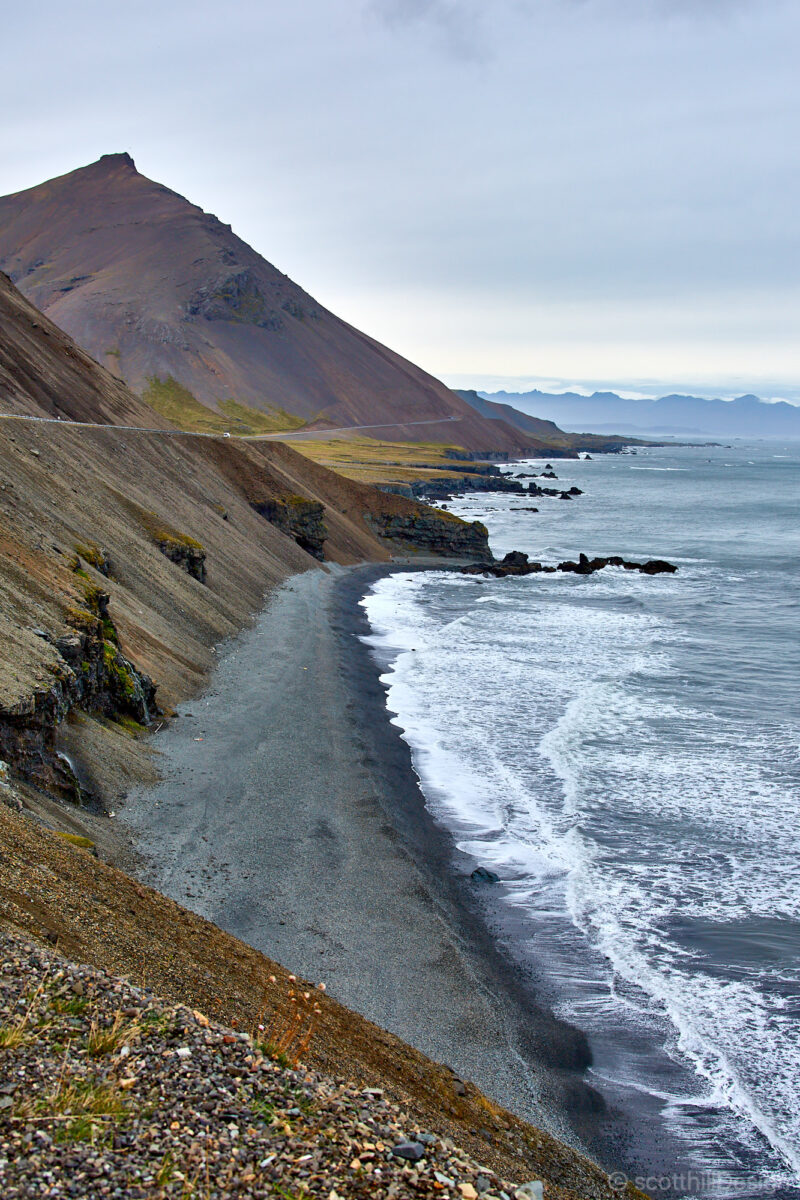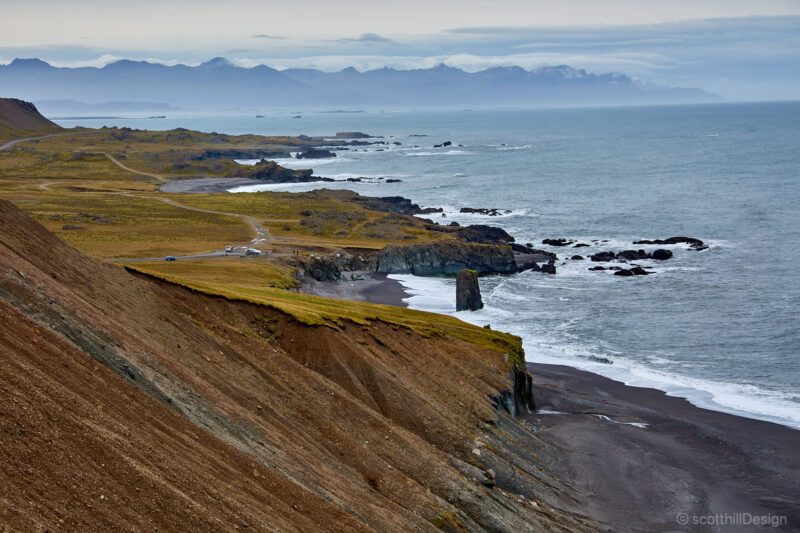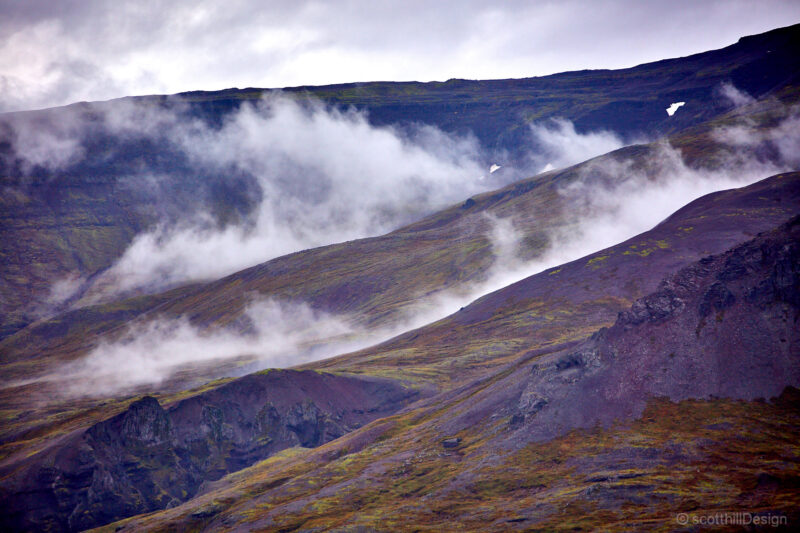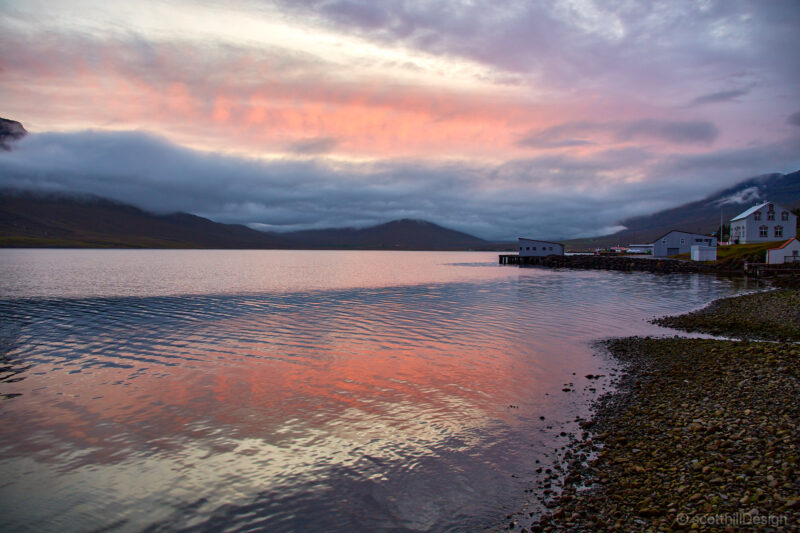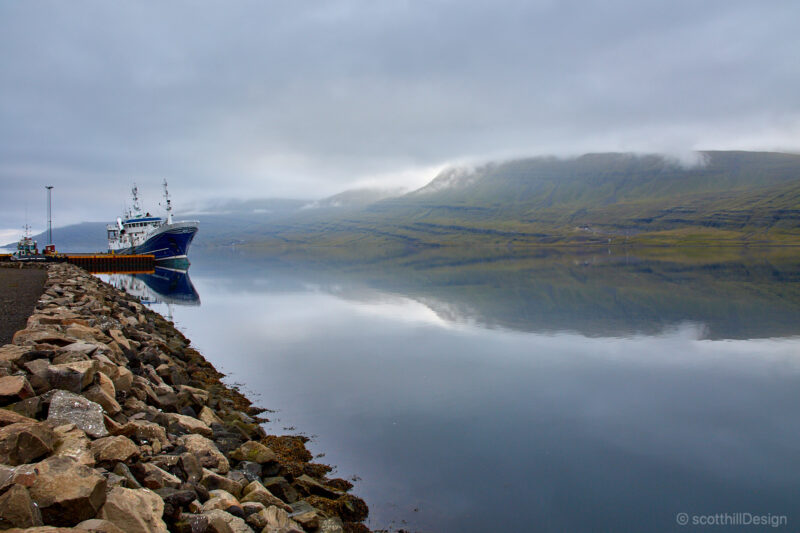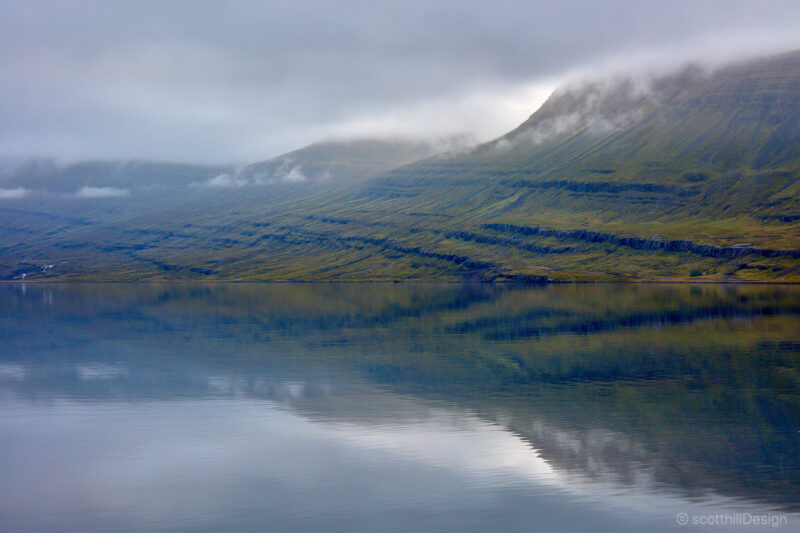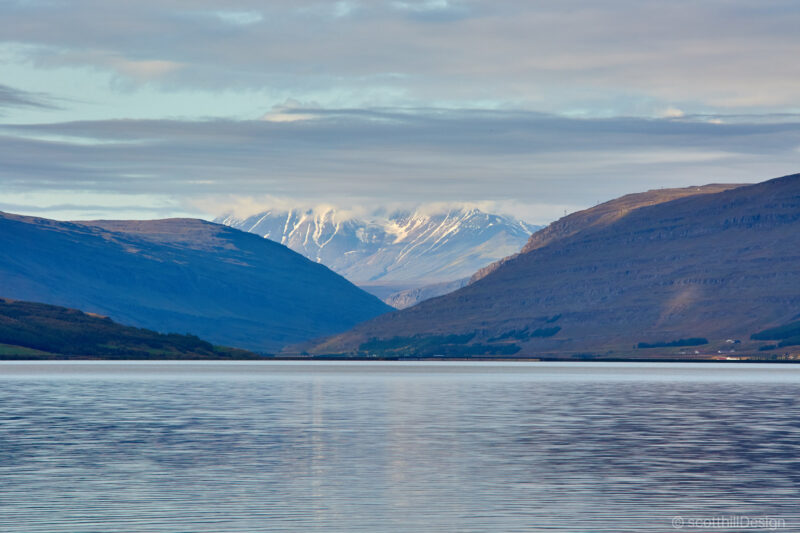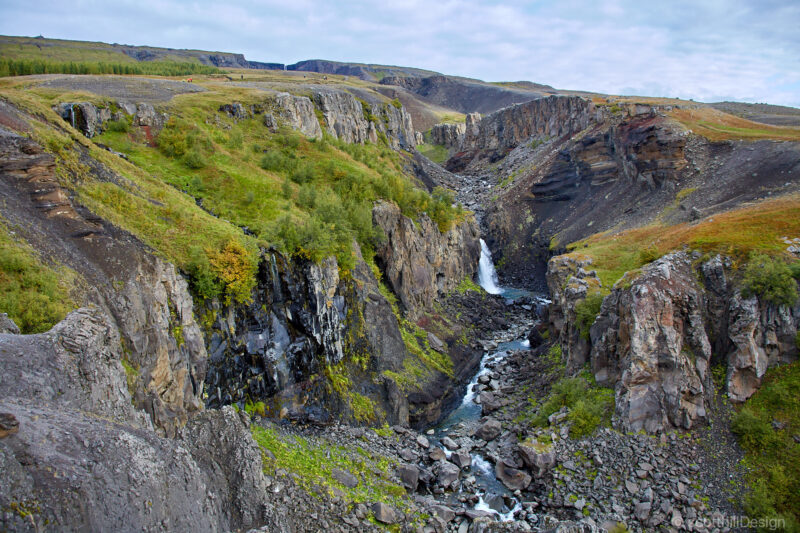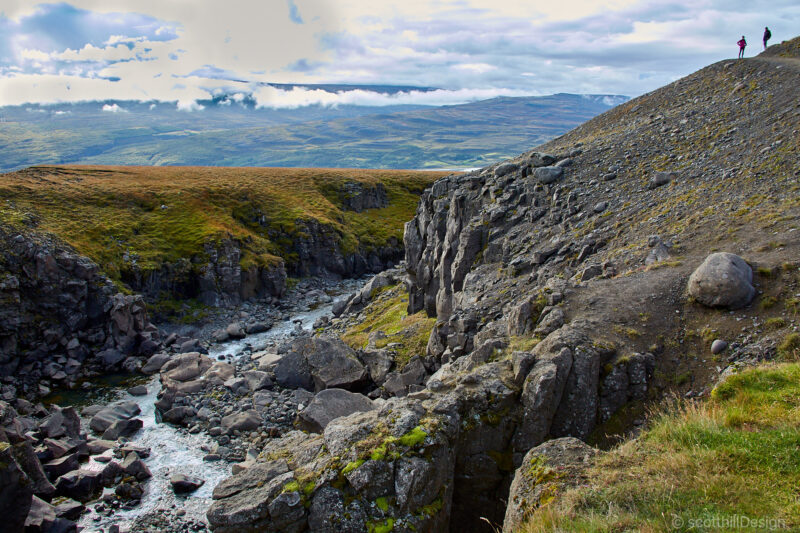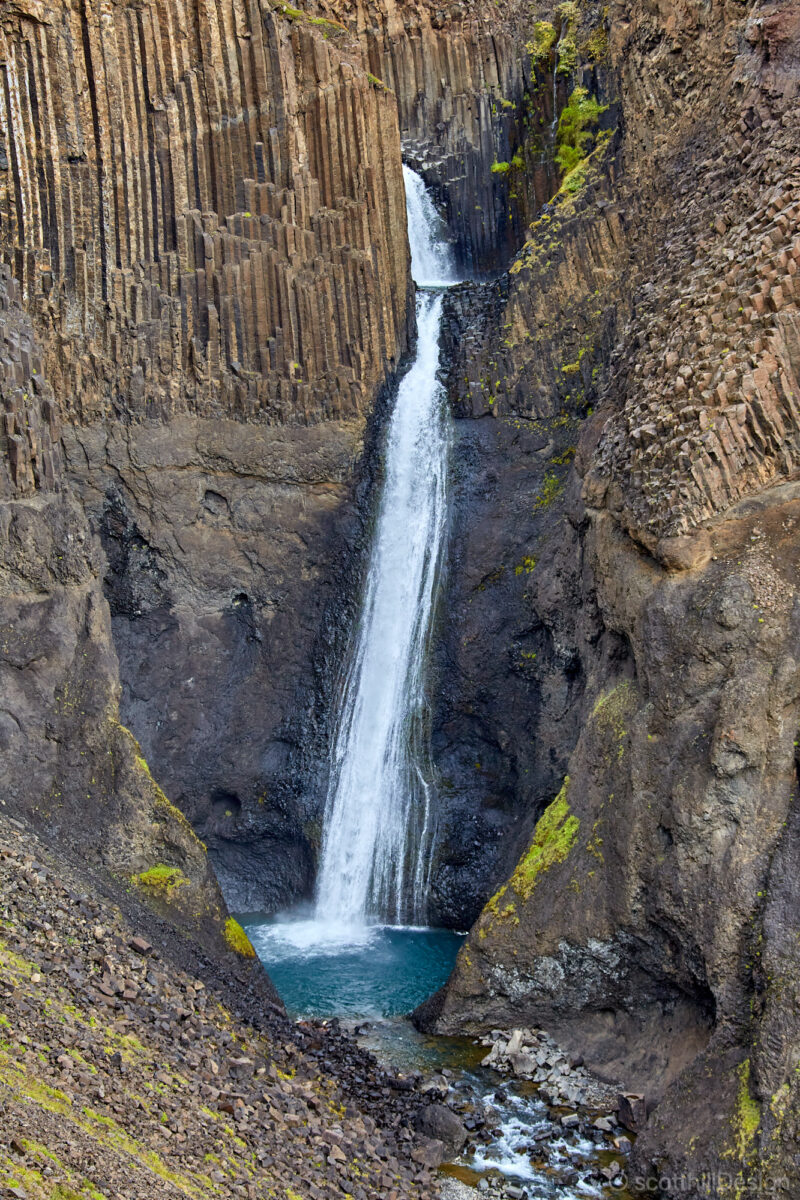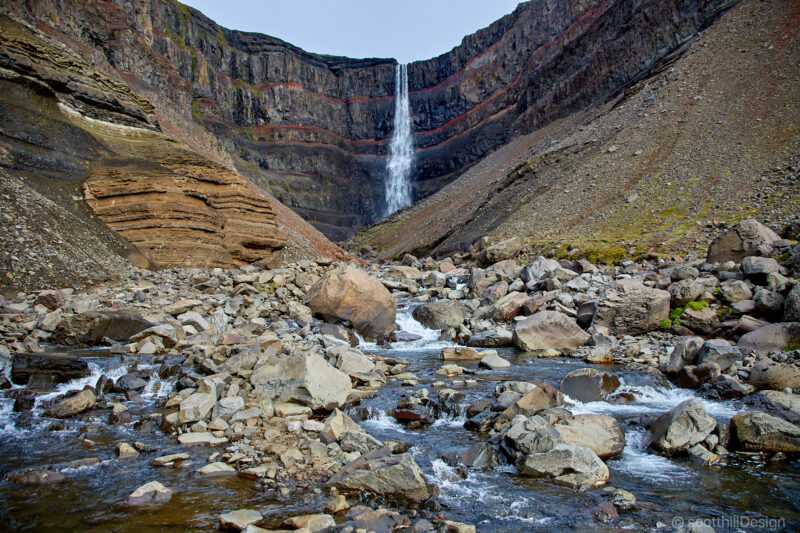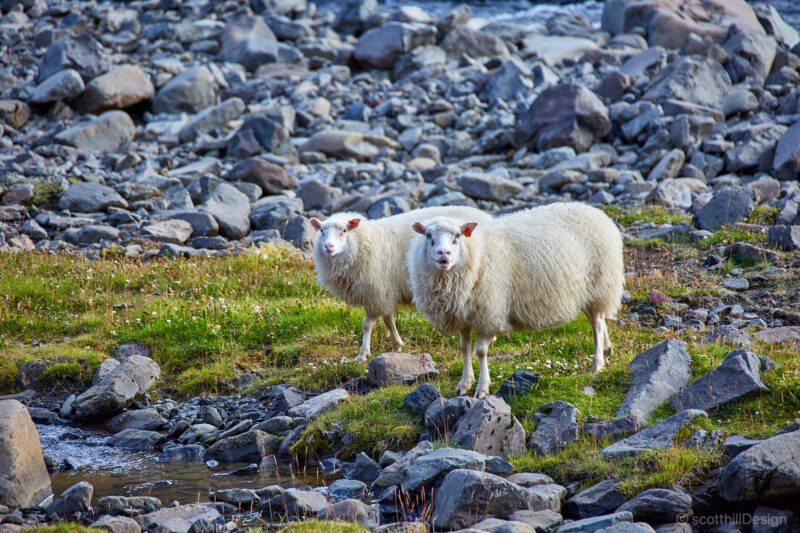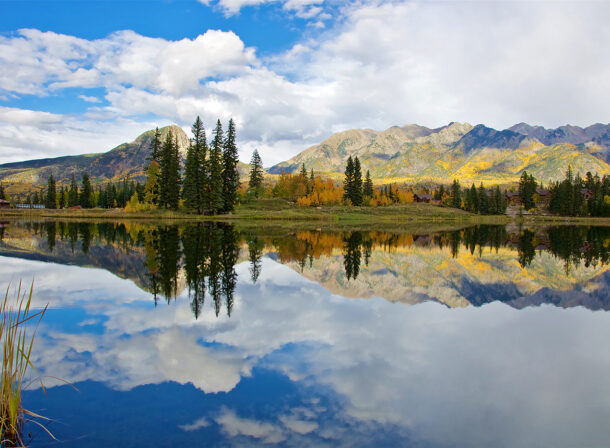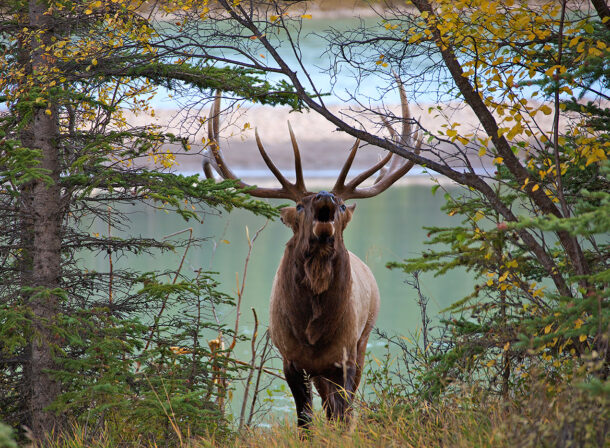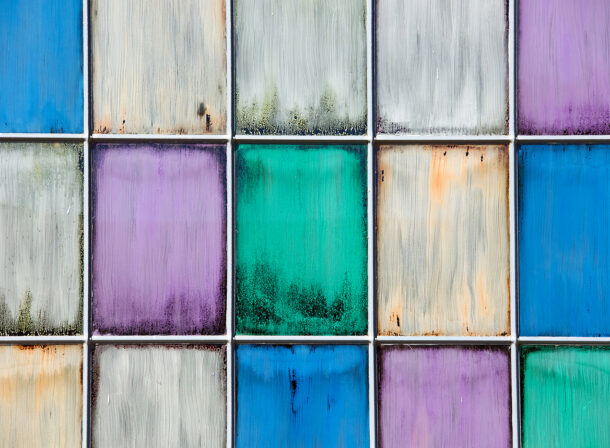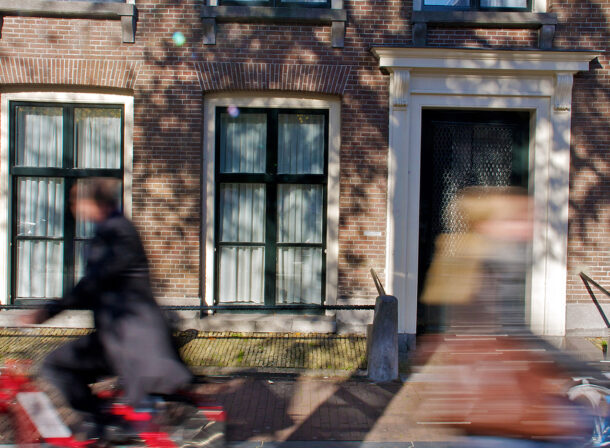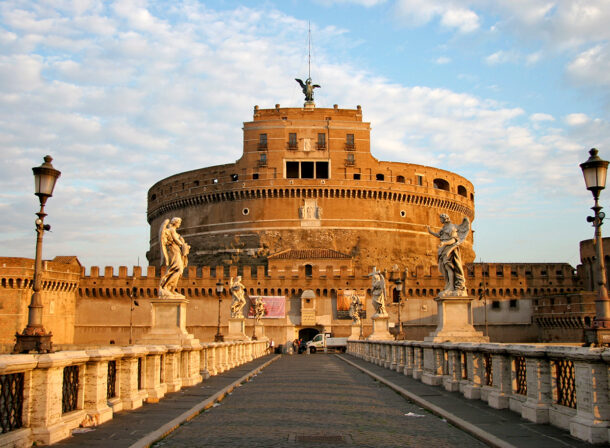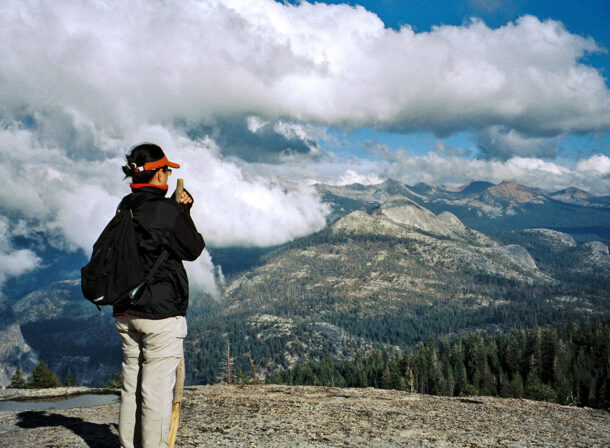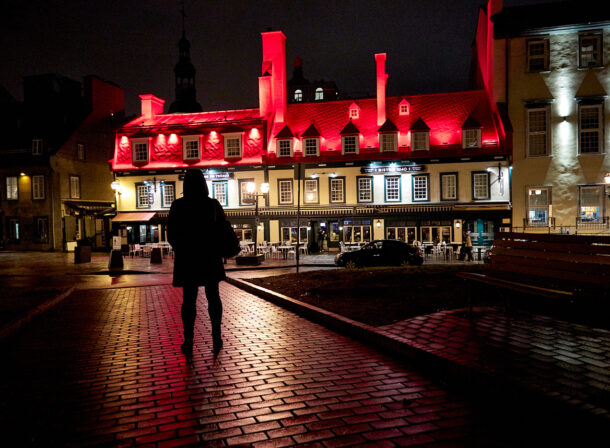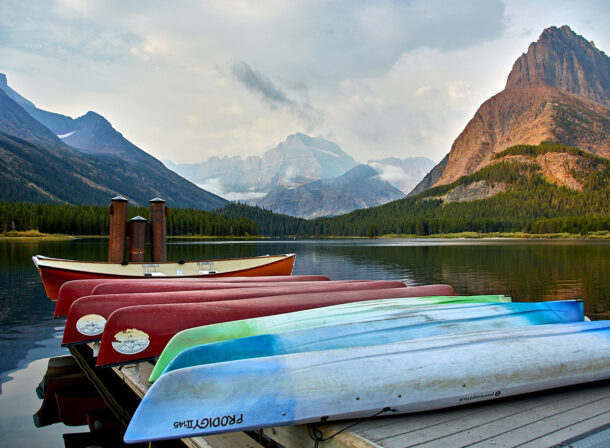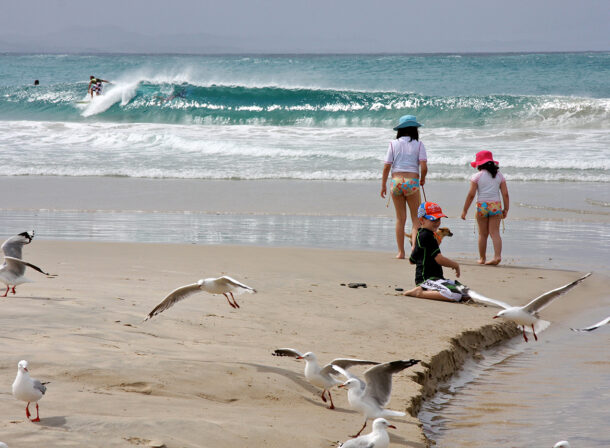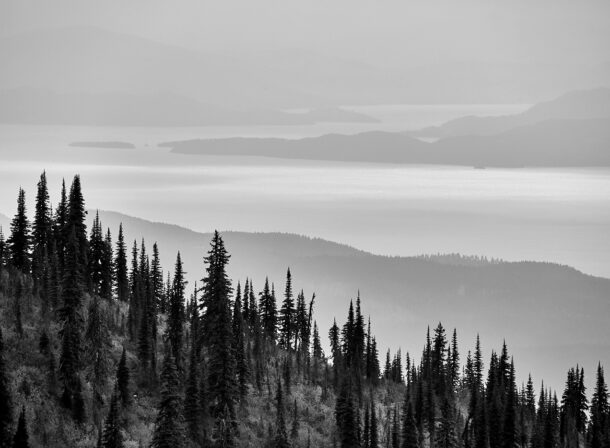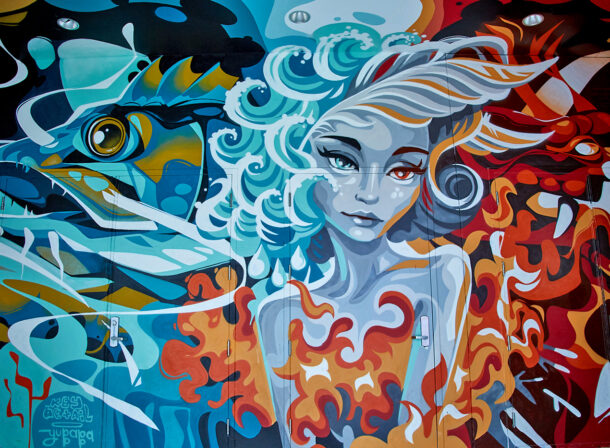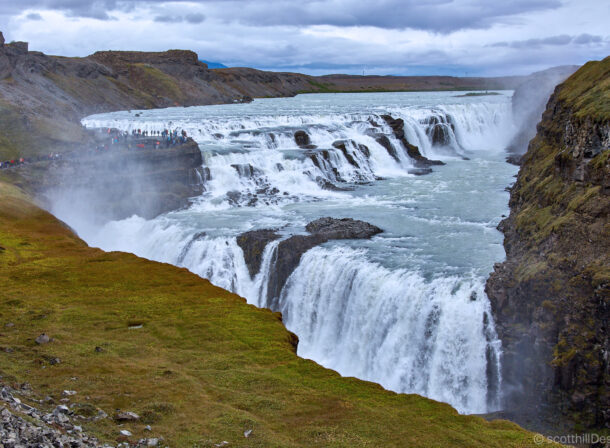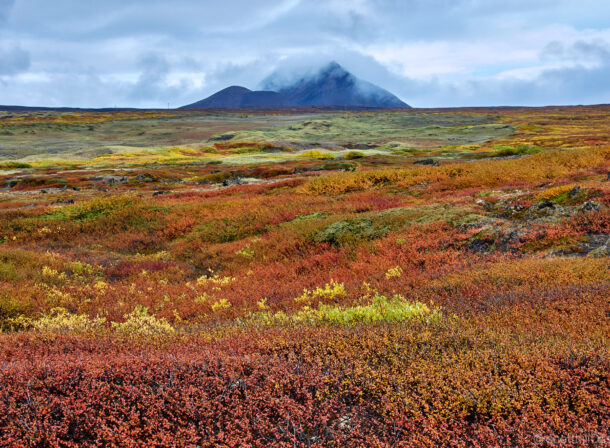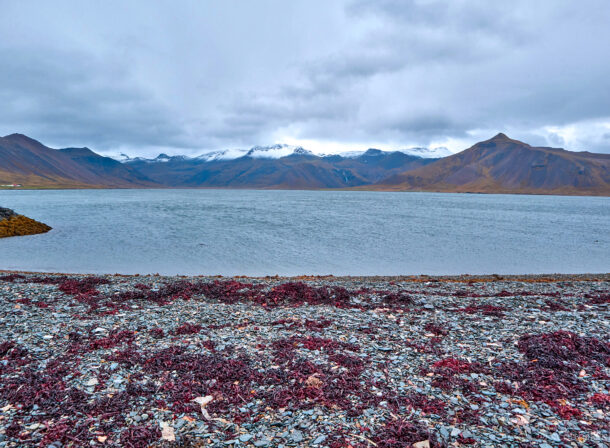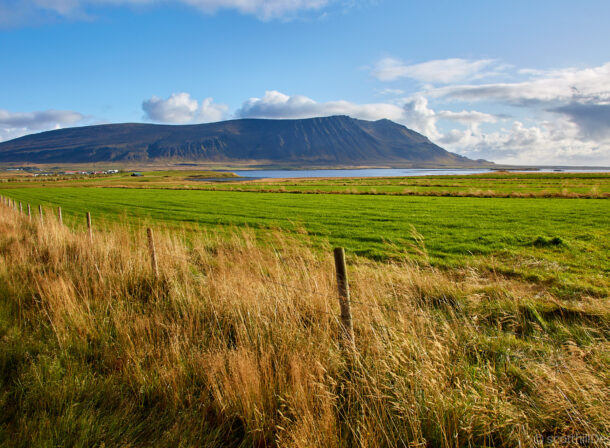Iceland
Iceland – Southern & Eastern is part of this amazing Nordic island nation defined by its dramatic landscape with volcanoes, geysers, hot springs and lava fields. Massive glaciers are protected in Vatnajökull and Snæfellsjökull national parks. Most of the population lives in the capital, Reykjavik, which runs on geothermal power and is home to the National and Saga museums, tracing Iceland’s Viking history.
Iceland is typically divided into seven different geographical regions, including the Reykjavík capital area. Each region differs slightly with respect to both culture and landscape, but all are uniquely Icelandic. These 8 regions include: Capital Region, Southern Peninsula, West, Westfjords, Northwest, Northeast, East and South.
Iceland's Southern Region
The Southern Region is full of geological contrasts that are best visible in the South. The Southwest and the Golden Circle Area harness the geothermal heat, providing the energy for Iceland’s many greenhouses and swimming pools. The Southeast shows off Europe’s biggest glacier Vatnajökull, spectacular waterfalls, and black sand beaches on which the powerful waves of the North Atlantic break.
The Golden Circle is a well-known route around the countries three must-see sites that have helped shape the image of Iceland. Geysir, a small village located inlands, gave its name to an incredibly rare geothermal event. Gulfoss, the “golden fall” and the Hvita River combine to create a technicolour spectacle as the sun spins rainbows from the mists of the falls. And in Thingvellir, the location of the first parliament and the only place you can actually see the Mid Atlantic Ridge.
Southern Iceland has many small picturesque villages that are well worth seeing. Including Vik and Skógar, located on the Atlantic coast and close to the Eyjafjallajökull and Katla volcanoes and the Mýrdalsjökull glacier. The famous black sand beach Reynisfjara is only minutes from the village Vik. Southern Iceland is also home to Hekla, Iceland’s largest volcano; Vatnajökull, the largest glacier; Elgya, the site of the biggest eruption in recorded history and Laki, a volcanic fissure in the western part of Vatnajökull National Park.
Landmannalaugar is a location in Iceland's Fjallabak Nature Reserve in the Southern Highlands. It is at the edge of the Laugahraun lava field, formed in an eruption in approximately 1477. It is known for its natural geothermal hot springs and surrounding landscape. Landmannalaugar marks the northern end of the Laugavegur, one of Iceland's most popular hiking trails. This route connects Landmannalaugar and Þórsmörk, the ‘Valley of Thor’, ending at the beautiful Skógafoss waterfall.
Þórsmörk is between the glaciers Eyjafjallajökull, Mýrdalsjökull, and Tindfjallajökull in Þórsmörk, the Valley of Thor. Þórsmörk is one of the country's most popular hiking destinations and a favorite location for photographers and nature lovers alike.
Jökulsárlón Glacier lagoon is a glacial lagoon by the ring road and was recently designated as a part of Vatnajökull National Park. Its still blue waters are a sight not to be missed, as it is dotted with the icebergs from the edge of Breiðamerkurjökull, a part of the Vatnajökull glacier. The lagoon flows through a narrow gateway into the Atlantic Ocean, leaving the spectacular sight of the large chunks of ice on the black sandy beach, known as Diamond Beach.
Some of the Most famous sights: Geysir, Gullfoss, Seljalandsfoss, Skógafoss, Dyrholaey, Reynisfjara Black Sand Beach, Skaftafelll, Jökulsárlón, Diamond Beach, Vestrarhorn.
National Parks: Þingvellir National Park and Vatnajökull National Park
Scenic Routes: Golden Circle, South Coast, The South Coast Lighthouse Trail
Culinary specialties of the South: Craft beers, local vegetables, langoustines, and seafood.
Learn more about Iceland's Southern Region at Visit Iceland / South Iceland.
Iceland's Eastern Region
The Eastern Region, also known as "Austurland", is home to the country's largest forest, lush farmlands and an assortment of streams and mountains. The East Fjords are dotted with small villages, dramatic coastlines, narrow fjords, waterfalls and mountains. The East fjords is a 120 kilometre (75 miles) stretch of coastline from Berufjörður, in the south, to the small fishing village of Borgarfjörður Eystri in the north.
This region is especially famous for its herds of wild reindeer. It is the only place in the country that reindeer live. Initially brought over for farming, the industry was never lucrative, and they have roamed free ever since.
Seyðisfjörður is a small village with a population of 700 people. It is famous for its ornate wooden architecture, Scandinavian influence and historical herring-fishing industry. Much of the timber used to develop Seyðisfjörður was shipped over by Norway ready-made in the 18th century. In the town center lies the now famous rainbow-painted street, which leads to the blue church. Seyðisfjörður is surrounded by pounding waterfalls, flat-top mountains and serene hiking trails, complemented by gorgeous panoramas over the adjacent fjord.
Lagarfljót is one of Iceland's deepest lakes situated near the town of Egilsstadir. Hengifoss and Litlanesfoss waterfalls are located next to Lagarfljót Lake and faces the Hallormsstaðarskógur forest. These spectacular waterfalls drops into the gorge Hengifossárgljúfur in Fljótsdalur valley. The hike is not too difficult, but there is a significant elevation gain of about 300 meters (980 feet). Around the 1 kilometer (1/2 mile) mark in the hike you see Litlanesfoss Waterfall, a nice 2-step cascade surrounded by basalt rock columns. Then continue up the steep trail to Hengifoss, the 2nd tallest waterfall in Iceland, at 130 meters (420 feet).
In the summer months, the east of Iceland becomes a creative hub for artists and young people from around Iceland and abroad, as a variety of music and art festivals have been popping up and expanding steadily in recent years.
Some of the Most famous sights: Villages along the East Fjords, Stuðlagil Canyon, Lagarfljót Lake, Hengifoss and Litlanesfoss waterfalls, Vök Baths.
Learn more about Iceland's Eastern Region at Visit Iceland / East Iceland.

